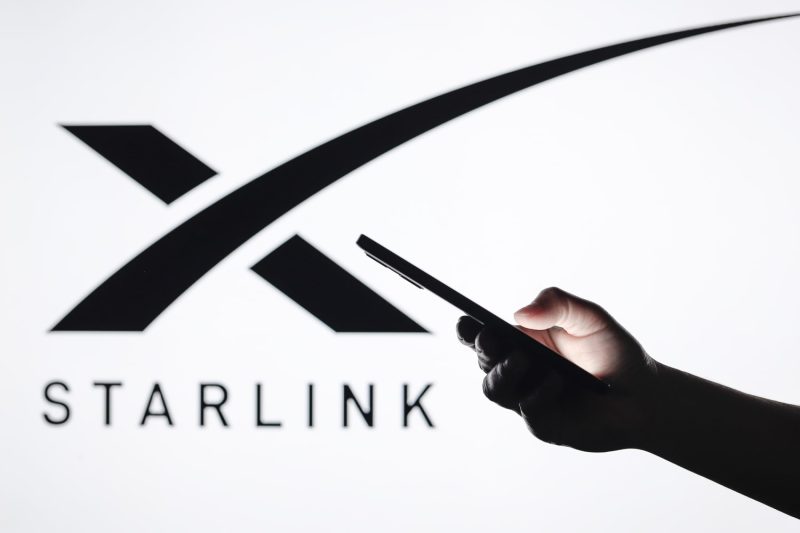
Elon Musk’s Starlink: Connecting Storm-Ravaged Areas with Internet and Sparking Political Debates
Elon Musk’s Starlink: Bridging the Digital Divide in Devastated Communities
Elon Musk’s ambitious Starlink project has been making headlines for its innovative approach to providing high-speed internet access to remote and underserved areas around the world. Recently, Starlink has been gaining even more attention for its role in connecting storm-ravaged communities with vital internet services.
Natural disasters, such as hurricanes, wildfires, and floods, can cause widespread destruction and disrupt essential services, including communication networks. In the aftermath of such events, access to reliable internet connectivity becomes crucial for coordinating relief efforts, accessing news and information, and staying in touch with loved ones.
Starlink’s satellite-based internet service has proven to be a game-changer in these situations, offering a reliable and fast connection that remains operational even when traditional infrastructure is damaged or destroyed. By deploying satellite dishes and receivers in affected areas, Starlink has been able to quickly restore internet access, helping residents, emergency responders, and aid organizations communicate and coordinate more effectively.
The role of technology in disaster response and recovery efforts has become increasingly important, and Starlink’s intervention in storm-ravaged areas highlights the potential of innovative solutions to make a real difference in times of crisis. With its global network of satellites and cutting-edge technology, Starlink has the ability to provide internet access anywhere on the planet, turning disaster-stricken regions into connected communities.
But Starlink’s impact goes beyond just providing internet access in emergencies. By bridging the digital divide and bringing high-speed connectivity to underserved areas, Starlink is empowering communities with new opportunities for education, commerce, and social connection. In regions where traditional broadband infrastructure is limited or non-existent, Starlink is revolutionizing the way people access and engage with the online world.
However, Starlink’s rapid expansion and disruptive technology have also stirred up political debates and regulatory challenges. Concerns about the monopolization of space-based internet services, data privacy issues, and the potential environmental impact of satellite constellations have sparked discussions and controversies surrounding Starlink’s operations.
As Starlink continues to expand its global reach and transform the way people connect to the internet, it is essential for stakeholders, governments, and the public to engage in constructive dialogues to address these complex challenges and ensure that the benefits of satellite internet technology are equitably distributed and responsibly managed.
In conclusion, Elon Musk’s Starlink project is not just about providing internet access; it is about empowering communities, transforming industries, and shaping the future of connectivity. By leveraging cutting-edge technology to bridge the digital divide and connect the unconnected, Starlink is proving to be a force for good in a world where connectivity is more important than ever before. As we navigate the opportunities and challenges that come with this new era of satellite internet, collaboration and innovation will be key to realizing the full potential of Starlink and ensuring that no one is left behind in the digital age.
